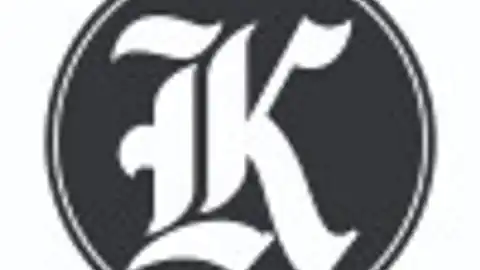Smaller Kenyan banks are bearing the brunt of the impact of the cap on loan rates and the floor on deposit rates introduced in September 2016, and may become takeover targets or candidates for consolidation, Fitch Ratings says.
All banks have suffered a reduction in spreads since the government capped loan rates at 4 percentage points above the central bank’s benchmark rate (CBR – currently 10%), and placed a floor of 70% of the CBR on deposit rates, leading to falling interest income from loans and rising funding costs.
“The full impact on net interest margins and profitability will not been seen until later this year but 1Q17 results give a clear indication of reduced margins. We believe the large and medium-sized banks (based on the regulator’s classification of the sector) are better positioned to face these threats.” said Fitch in a statement.
Banks were only required to apply the rate cap to new loans, but due to market pressure they applied it to their existing loan books as well, which has exacerbated the drop in income. The floor on deposit rates has had a big negative impact on smaller banks, which are more reliant on savings and term deposits, by increasing their funding costs and driving a “flight to quality” that has raised liquidity risk. Larger banks with stronger franchises have more diverse customer deposit bases, giving them more flexibility to decide which deposits to keep. For these banks, funding costs have therefore risen less and liquidity risk has been more manageable.
The intended benefit to customers of lower interest rates on loans is offset by signs of credit rationing. Banks have become more selective about who they lend to and have lost the incentive to grant long-term loans and finance emerging economic sectors, as the cap means that the rate would be the same as for safer, short-term loans. This is a threat to growth in the Kenyan economy, which relies heavily on bank lending, and private sector credit growth, which had been flattening since 2015, has slowed since the rate cap.
Small banks are worst affected as they are more reliant on higher-risk/higher-return loans and sectors, and some are finding that their niche business models are no longer viable. The reduction in lending has contributed to a rise in industry credit losses as some customers are no longer able to get refinancing. Persistently high interest rates had already contributed to a build-up of non-performing loans, which averaged 10% at end-2016.
The large banks are addressing margin pressure by increasing volumes to prime corporate borrowers, shifting into government securities, which now offer attractive yields compared with loan rates, moving savings accounts into low-cost current accounts and cutting costs where possible, including staff redundancies and branch closures. Their limited franchises mean the small banks have less manoeuvrability and have no option but to continue to take on risk. Systemic risk rises as a consequence.
“We expect lower retained earnings to feed through to capital, leading to modest pressure on regulatory ratios for large banks – which remain well capitalised. expect the lending cap and the deposit floor to be revised rather than rescinded, although this is a political decision and unlikely before the August 2017 elections.” noted the agency.




